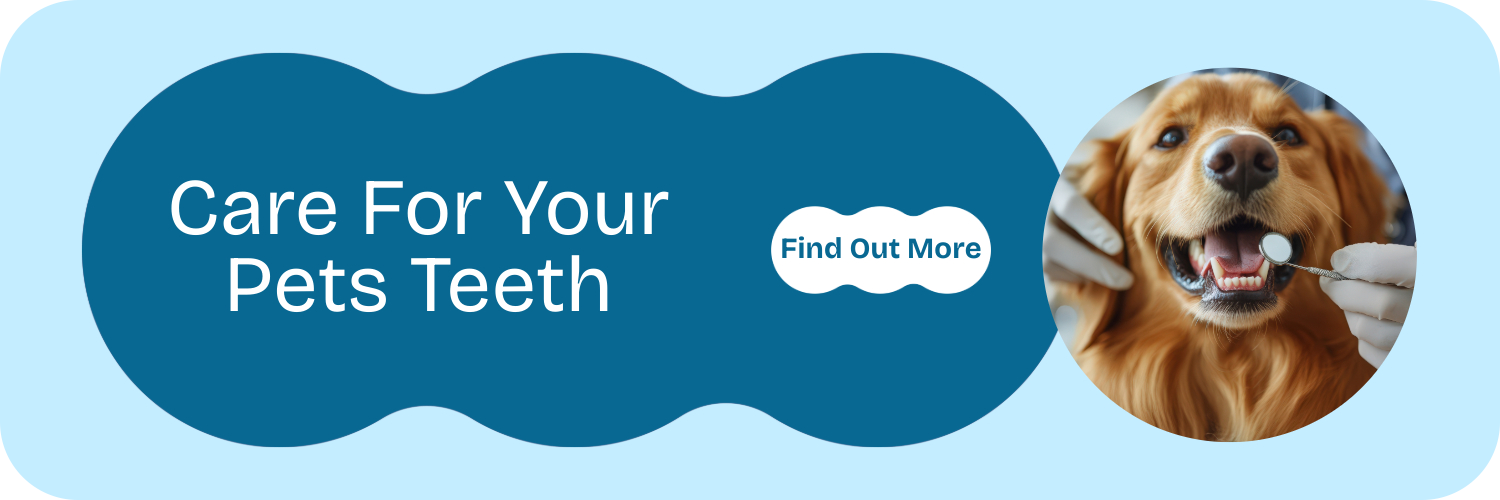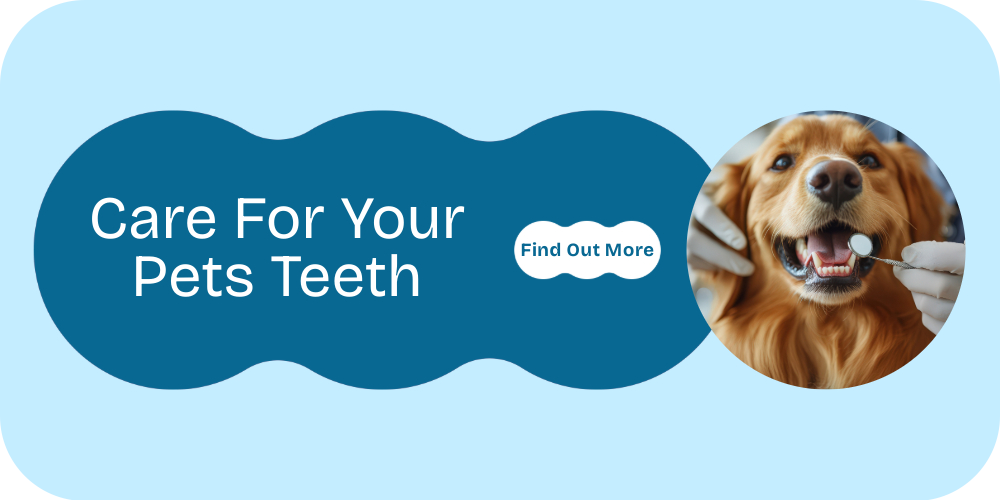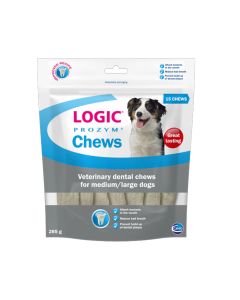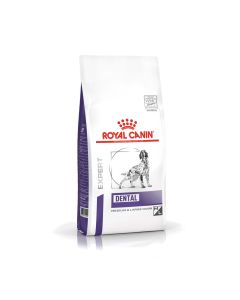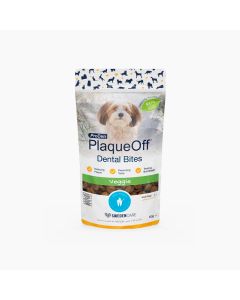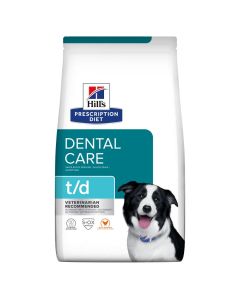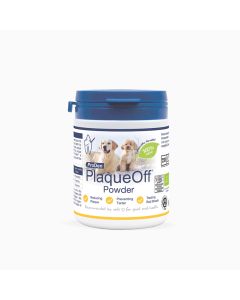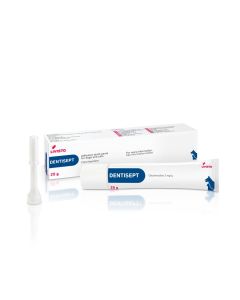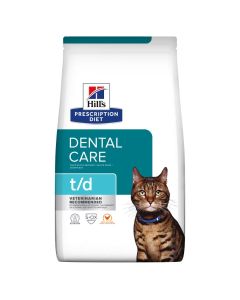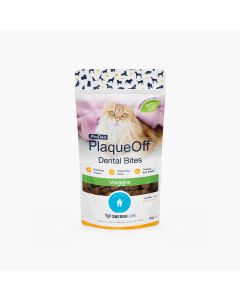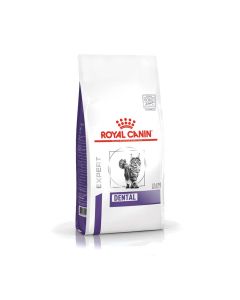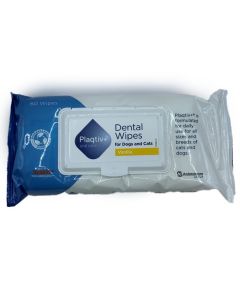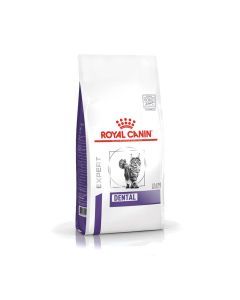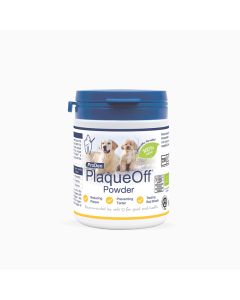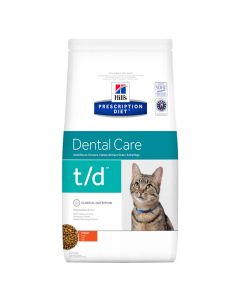-
- home Home
- contact_mail
- account_tree
Keep your pet happy & teeth healthy with our range of dental product.
As we all know, if we can maintain a healthy lifestyle, we feel much better. The same is also true for our pets. Keep your pets happy & teeth healthy with our range of dental products.
It might surprise you that pets can commonly suffer with teeth, jaw and mouth disorders. It can be difficult, as an owner, to see that your pet has an issue then it is more difficult to try and locate where the issue is. Oral health issues can be a great source of suffering for our pets, maintaining good oral health is likely to improve the quality of your beloved pet’s life.
Checkups: We are advised to “Brush you’re twice a day” what should you do with your pet? Ignoring dental hygiene can lead to plaque buildup and further dental issues. It is important to consult with you vet/groomer for routine oral hygiene checks.
Diet: You can also help your pet maintain health teeth by feeding them a suitable diet. Your vet can recommend a food that can reduce the formation and buildup of plaque. the shape and size of the kibble can support grasping of the food, as well as tooth penetration into it for healthier stronger teeth.
Accessories: Various accessories are available to aid with your pet’s oral health. Dental chews/treats are available for a tasty treat while aiding to scrape away plaque & tartar. Other anti-plaque solutions/powders.
Advise for Dogs
Does your dog suffer from bad breath?
Periodontal disease, or gum disease, in dogs is a common bacterial infection that causes inflammation of the gums, potentially leading to tooth loss and other health problems if not treated.
What is Periodontal Disease?
Definition: Periodontal disease or periodontitis, is an infection of the tissues surrounding the teeth.
Cause: It's primarily caused by the accumulation of plaque and tartar (calcified plaque) along the edge of the gums, leading to inflammation and infection.
Progression: If left untreated, the infection can spread deeper, causing inflammation, gum recession, bone loss, and eventually, tooth loss.
Stages: Periodontal disease progresses through stages, starting with gingivitis (inflammation of the gums) and progressing to periodontitis, where the supporting structures of the teeth are affected and the teeth become loose.
1. Symptoms of Periodontal Disease in Dogs:
- · Bad breath (halitosis)
- · Red, swollen, or bleeding gums
- · Plaque and tartar buildup
- · Loose teeth
- · Difficulty eating or chewing
- · Excessive drooling
- · Reluctance to chew
- · Pawing at the mouth
- · Swelling on the face (can indicate a tooth root abscess)
- · Weight loss and decreased appetite
2. Risk Factors:
- · Age: Older dogs are more prone to periodontal disease.
- · Breed: Some breeds, like smaller dogs, are genetically predisposed to dental problems.
- · Dental hygiene: Lack of regular brushing and professional dental cleaning increases the risk.
- · Diet: Moist diets tend to lead to build up of tartar
- 3. Prevention and Treatment:
- · Diet: Provide a diet that promotes good oral health, such as dry food or dental chews.
- · Regular brushing: Brush your dog's teeth regularly with a dog-specific toothpaste.
- · Professional dental cleanings: Get your dog's teeth professionally cleaned regularly.
- · Early detection: Regular veterinary checkups can help detect periodontal disease early, when it's easier to treat.
- · Treatment: Treatment may include descaling, extractions, and antibiotics.
4. Importance of Early Intervention:
- · Pain and discomfort: Periodontal disease can cause significant pain and discomfort for dogs.
- · Systemic health: Untreated periodontal disease can lead to systemic infections and other health problems.
- · Reduced lifespan: In severe cases, periodontal disease can shorten a dog's lifespan.
In summary, periodontal disease is a common and serious problem in dogs that can lead to pain, tooth loss, and other health issues. Regular dental care and early intervention are crucial for preventing and managing this condition. There are diets specifically formulated to help minimize the build up of tartar on your dog’s teeth.
Dog Dental Care Products
Advise for Cats
How often do you check your cat’s teeth?
Periodontal disease, or dental problems, is a common condition in cats leading to inflammation and infection of the tissues surrounding the teeth, starting with gingivitis (gum inflammation) and progressing to periodontitis if left untreated, leading to loss of teeth and other health problems.
What it is: Periodontal disease in cats is a dental condition that causes inflammation and infection of the tissues supporting the teeth, including the gums, ligaments, and bone.
1. How it develops:
- · It begins with the buildup of plaque (bacterial slime) on the teeth.
- · If plaque isn't removed, it hardens into tartar (calculus).
- · Tartar irritates the gums, causing inflammation (gingivitis).
- · If gingivitis is left untreated, it progresses to periodontitis, where the tissues supporting the teeth are damaged, and the teeth become loose and eventually fall out.
2. Common signs and symptoms:
- · Red, swollen, or bleeding gums.
- · Bad breath.
- · Drooling.
- · Reduced appetite or difficulty eating.
- · Loose teeth.
- · Swelling around the face or jaw.
- · Grooming less due to a painful mouth.
3. Treatment:
- · Gingivitis: Can be reversed with good oral hygiene practices like brushing, dental chews, and professional cleanings.
- · Periodontitis: Requires a thorough cleaning under anesthesia, potentially including extractions of severely affected teeth and antibiotics followed by ongoing oral hygiene care at home.
4. Prevention:
- · Regular brushing of your cat's teeth.
- · Providing dental chews or treats.
- · Using a prescription dental diet.
- · Regular veterinary check-ups and dental cleanings.
5. Outcome of untreated periodontal disease:
- · Tooth loss.
- · Pain and discomfort.
- · Infection.
- · Potential systemic health problems, as bacteria from the mouth can enter the bloodstream and affect other organs

